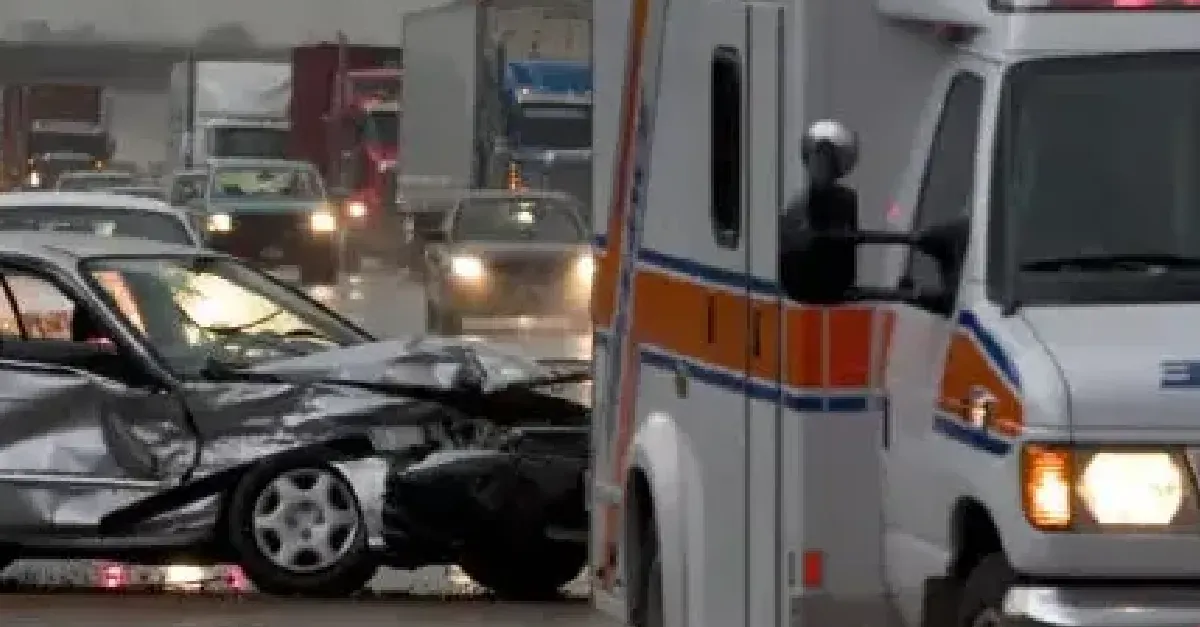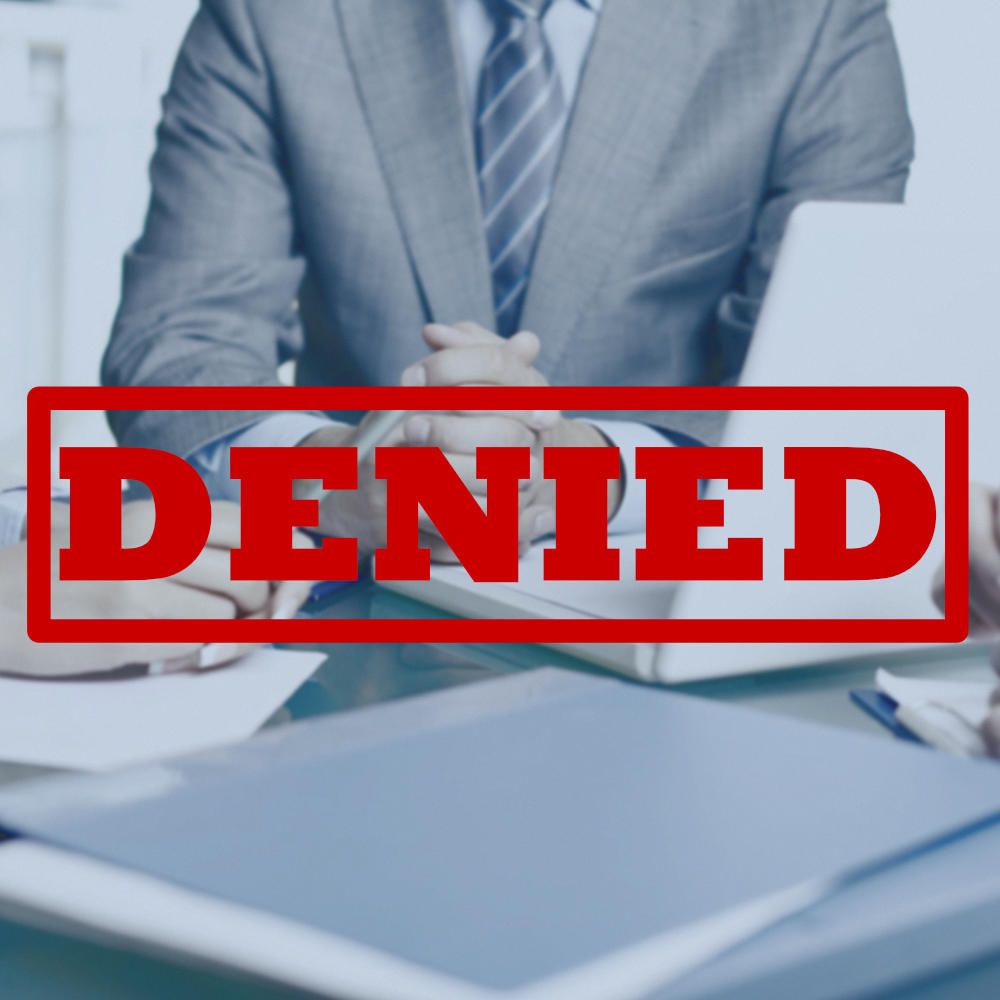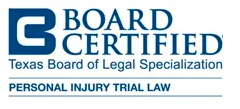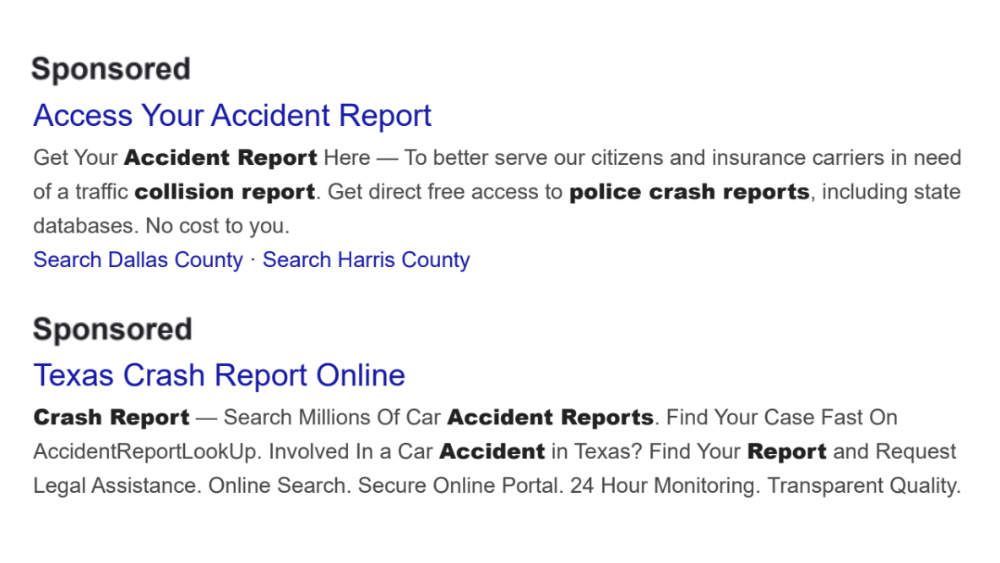What to Do After Auto-Bike Collisions

From school kids riding on bike paths, to the avid bicyclists on the roads, there are a lot of bike riders in The Woodlands and Spring. Unfortunately, all too often, bike riders are struck by cars. Even wearing a helmet and other protective gear, a bike rider may suffer severe injuries if struck by a car.
According to the NTSA, bicyclists accounted for 2.2 percent of all traffic deaths in 2016. Bicyclist deaths occur most often between 6 and 9 p.m. and in urban areas. The vast majority of bicyclists killed are male.
The NTSA provides these pointers to avoid bike accidents:
- Ride a bike that fits you—if it’s too big, it’s harder to control the bike.
- Ride a bike that works—it really doesn’t matter how well you ride if the brakes don’t work.
- Wear equipment to protect you and make you more visible to others, like a bike helmet, bright clothing (during the day), reflective gear, and a white front light and red rear light and reflectors on your bike (at night, or when visibility is poor).
- Ride one per seat, with both hands on the handlebars, unless signaling a turn.
- Carry all items in a backpack or strapped to the back of the bike.
- Tuck and tie your shoe laces and pant legs so they don’t get caught in your bike chain.
- Plan your route—if driving as a vehicle on the road, choose routes with less traffic and slower speeds. Your safest route may be away from traffic altogether, in a bike lane or on a bike path.
The NTSA also recommends that in order to stay safe you should:
- Drive with the flow, in the same direction as traffic.
- Obey street signs, signals, and road markings, just like a car.
- Assume the other person doesn’t see you; look ahead for hazards or situations to avoid that may cause you to fall, like toys, pebbles, potholes, grates and train tracks.
- No texting, listening to music or using anything that distracts you by taking your eyes and/or ears or your mind off the road and traffic.
What to do if You are in a Bike Accident
- Call 911. Wait for the first responders. Never leave the scene of an accident.
- Stay safe. If you are in a hazardous location, move to a safe area nearby, if you can safely do so.
- Document the accident. Take photos, exchange information with all drivers, cyclists and witnesses.
- Don’t admit fault. Because of the shock you may not remember what happened clearly. Be careful what you say about the accident to everyone, including medical providers.
- See a doctor. You should always see a doctor after an accident, even if you aren’t sure you suffered an injury. It may take a few days for the injuries to become apparent.
- Hire a lawyer as soon as possible to protect your rights. A lawyer can help preserve evidence and make sure that you do not do anything to hurt your claim.
The lawyers at Wham & Rogers have successfully represented many injured cyclists. At Wham & Rogers, you will get personal attention from an attorney and we will work hard to get the justice you deserve. Call 832-592-1108 for a free consultation. You will pay nothing unless we win your case.
Texas Laws Governing Bicyclists
We are often asked about the laws governing bicyclists in Texas. Bicyclists are considered vehicle operators and must follow all traffic laws.
Here are the laws setting forth the rights and duties of the bicyclist, the rules of the road and required safety equipment.
Sec. 551.101. Rights and Duties
(a) A person operating a bicycle has the rights and duties applicable to a driver operating a vehicle under this subtitle, unless:
(1) a provision of this chapter alters a right or duty; or
(2) a right or duty applicable to a driver operating a vehicle cannot by its nature apply to a person operating a bicycle.
(b) A parent of a child or a guardian of a ward may not knowingly permit the child or ward to violate this subtitle.
Sec. 551.102. General Operation
(a) A person operating a bicycle shall ride only on or astride a permanent and regular seat attached to the bicycle.
(b) A person may not use a bicycle to carry more persons than the bicycle is designed or equipped to carry.
(c) A person operating a bicycle may not use the bicycle to carry an object that prevents the person from operating the bicycle with at least one hand on the handlebars of the bicycle.
(d) A person operating a bicycle, coaster, sled, or toy vehicle or using roller skates may not attach either the person or the bicycle, coaster, sled, toy vehicle, or roller skates to a streetcar or vehicle on a roadway.
551.103. Operation on Roadway
(a) Except as provided by Subsection (b), a person operating a bicycle on a roadway who is moving slower than the other traffic on the roadway shall ride as near as practicable to the right curb or edge of the roadway, unless:
(1) the person is passing another vehicle moving in the same direction;
(2) the person is preparing to turn left at an intersection or onto a private road or driveway;
(3) a condition on or of the roadway, including a fixed or moving object, parked or moving vehicle, pedestrian, animal, or surface hazard prevents the person from safely riding next to the right curb or edge of the roadway; or
(4) the person is operating a bicycle in an outside lane that is:
(A) less than 14 feet in width and does not have a designated bicycle lane adjacent to that lane; or
(B) too narrow for a bicycle and a motor vehicle to safely travel side by side.
(b) A person operating a bicycle on a one-way roadway with two or more marked traffic lanes may ride as near as practicable to the left curb or edge of the roadway.
(c) Persons operating bicycles on a roadway may ride two abreast. Persons riding two abreast on a lane roadway shall ride in a single lane. Persons riding two abreast may not impede the normal and reasonable flow of traffic on the roadway. Persons may not ride more than two abreast unless they are riding on a part of a roadway set aside for the exclusive operation of bicycles.
Sec. 551.104. Safety Equipment
(a) A person may not operate a bicycle unless the bicycle is equipped with a brake capable of making a braked wheel skid on dry, level, clean pavement.
(b) A person may not operate a bicycle at nighttime unless the bicycle is equipped with:
(1) a lamp on the front of the bicycle that emits a white light visible from a distance of at least 500 feet in front of the bicycle; and
(2) on the rear of the bicycle:
(A) a red reflector that is:
(i) of a type approved by the department; and
(ii) visible when directly in front of lawful upper beams of motor vehicle headlamps from all distances from 50 to 300 feet to the rear of the bicycle; or
(B) a lamp that emits a red light visible from a distance of 500 feet to the rear of the bicycle.
Get Help after an Auto-Bike Collision
If you or a loved one are injured on a bicycle, the personal injury attorneys at Wham & Rogers can help. Call 832-592-1108 for a free consultation.
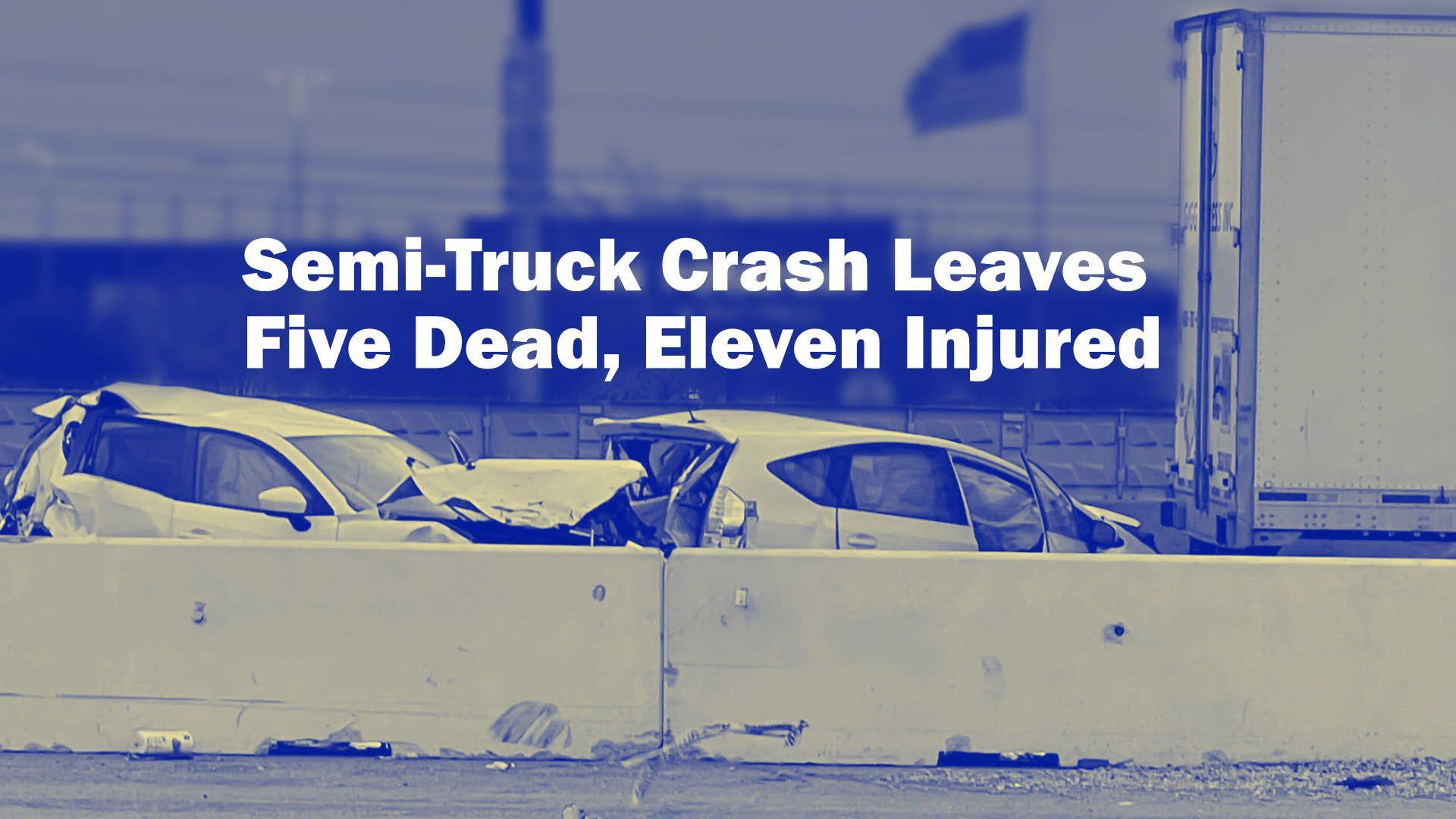
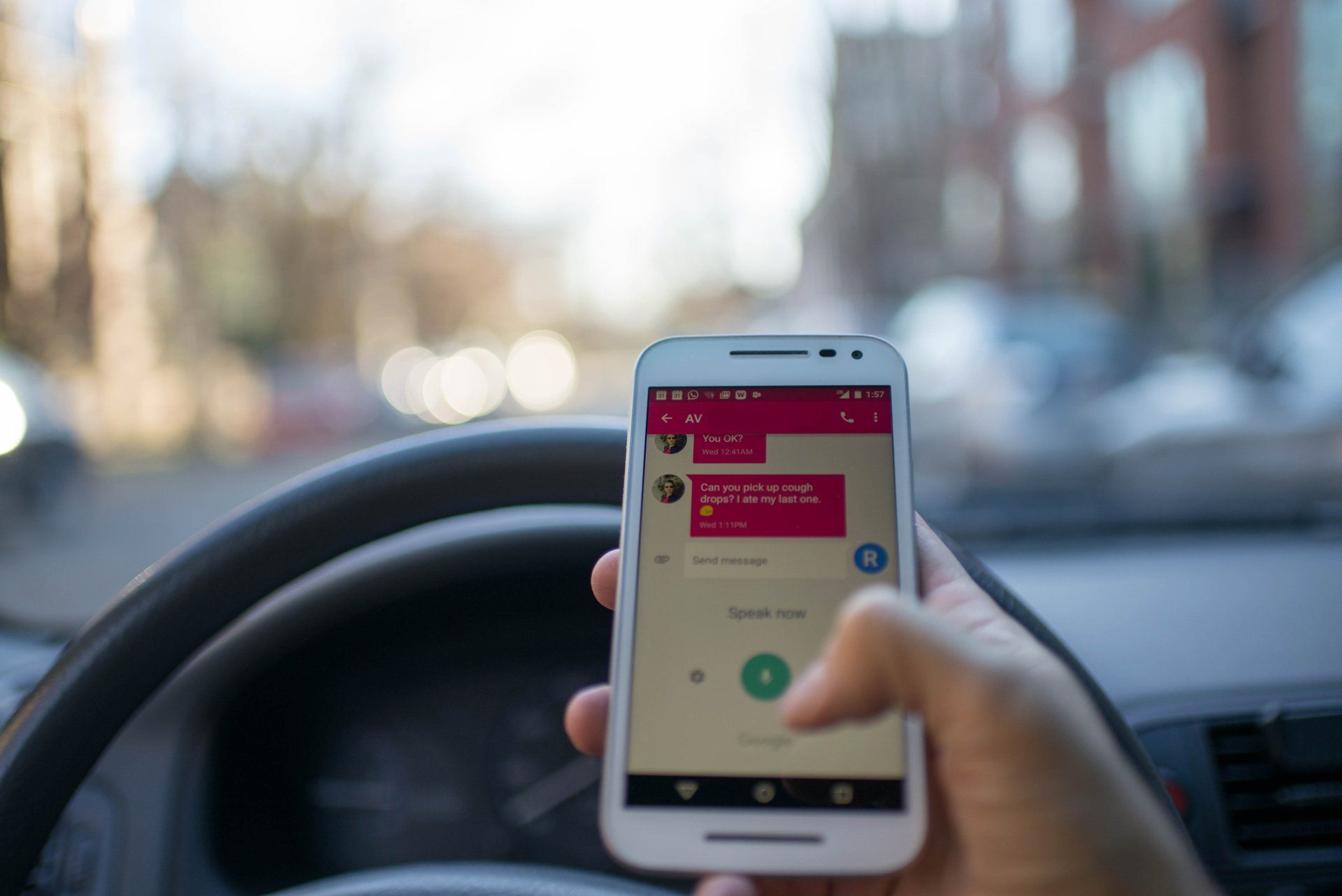
The information on this website is for general information purposes only. None of the information on this site should be taken as legal advice for any individual case or situation. This information is not intended to create, and receipt or viewing does not constitute, an attorney-client relationship.


